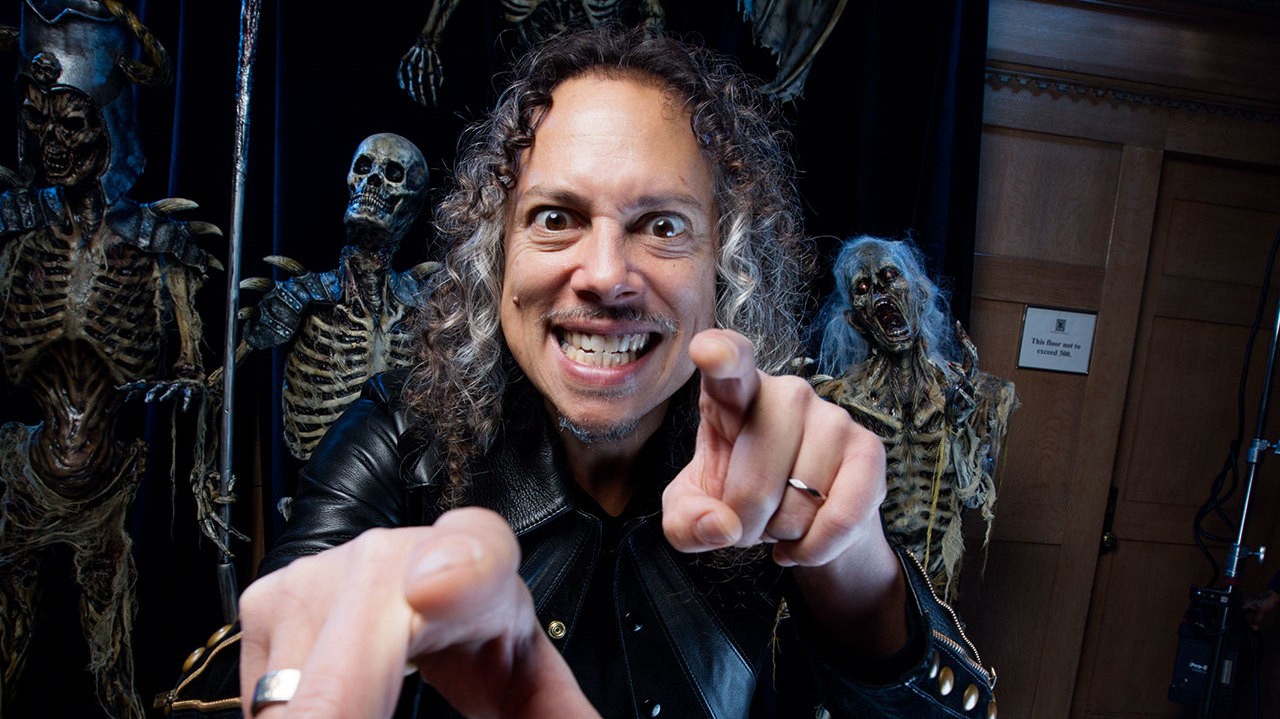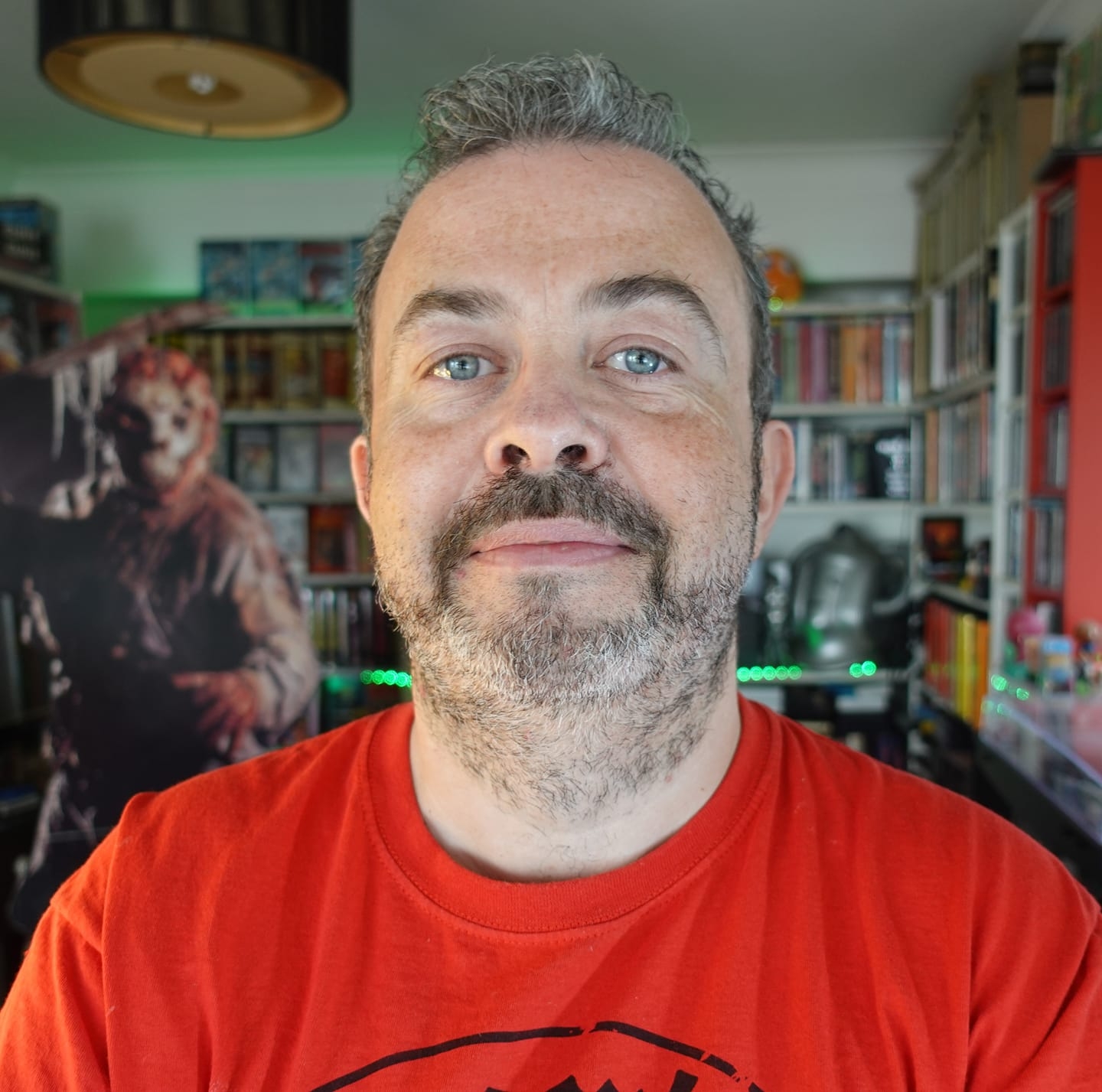Heavy metal’s much more effective if it’s talking about evil and dark stuff, because the music’s evil and dark!” says Metallica’s Kirk Hammett. “And what else is evil and dark? Horror movies!”
The shared killing ground between metal and horror has always been vast, and Kirk gleefully patrols that turf while waving a big machete around. A lifelong fan of both genres, he runs the US convention Fear FestEvil, which caters for their considerable joint audience. Across four decades, heavy music and horror movies have enjoyed a close relationship, sharing grotesque imagery and a visceral attitude. As Halloween creeps up on us, it’s the perfect time to examine how this dark bond has developed.
“A good heavy metal song should be like a good horror movie,” Kirk asserts. “Exciting to watch or listen to, with a lot of dynamics. You’re not really sure where it’s gonna take you, but once you get there, you’re glad to be there. Heavy metal just doesn’t work when you’re singing about peace and love, or purple flowers. It’s much more effective to sing about zombies, the end of the world and the phantom of the opera!”
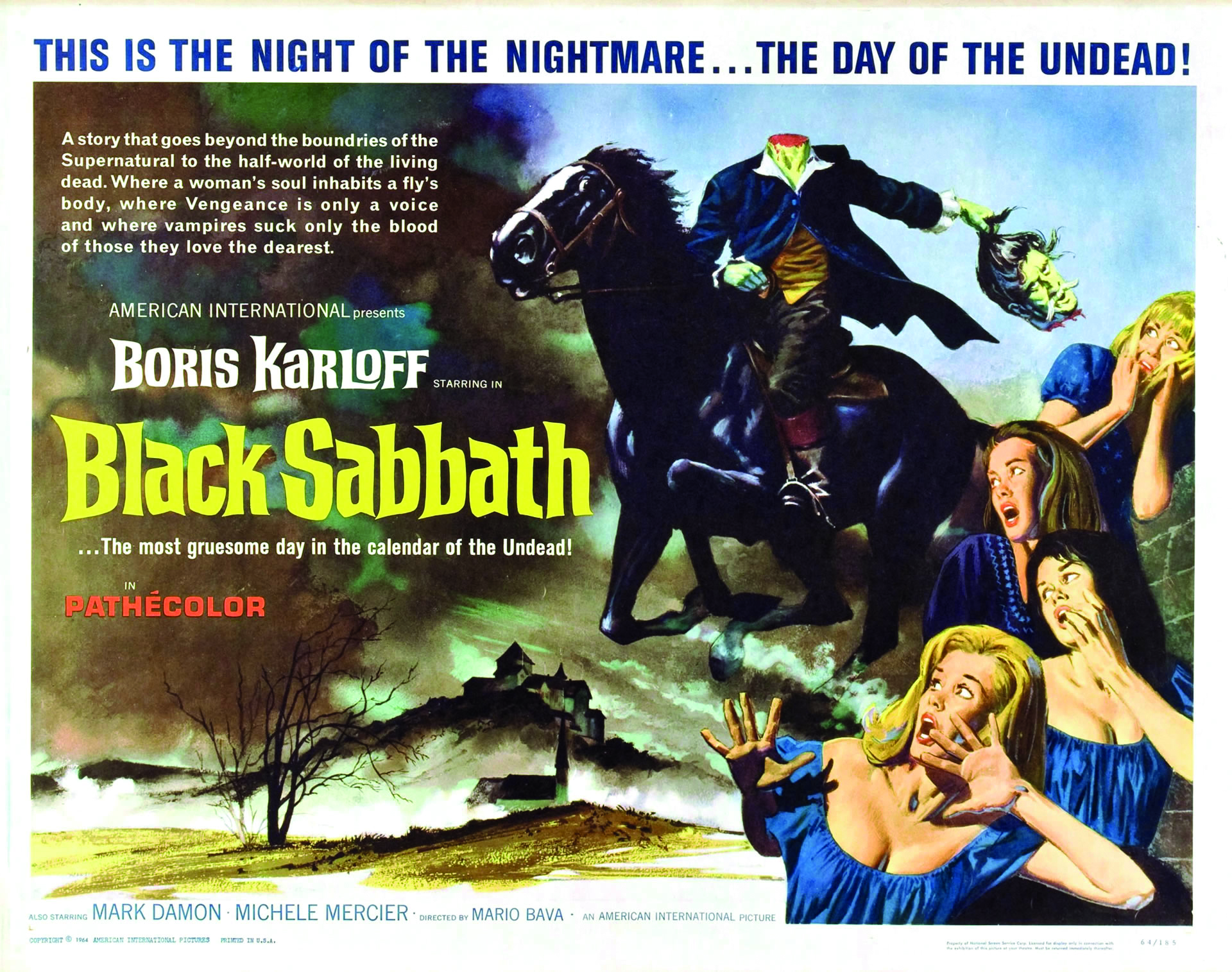
It was Black Sabbath who arguably kick-started not only metal itself, but the genre’s long-term love affair with horror atmosphere and imagery. It seems we have bassist and horror film fan Geezer Butler to thank – the super-creepy title-track of the band’s eponymous 1970 debut album was based on a demonic visitation he suffered one night.
“Prior to Sabbath, people like Arthur Brown had brought darker themes into the music,” notes New York filmmaker Mike Schiff, whose forthcoming documentary The History Of Metal And Horror aims to explore why headbanging and horror go hand in claw. “They weren’t necessarily heavy metal, but a lot of metal artists saw what they were up to and incorporated that.”
“Metal’s always had a dark atmosphere,” ponders Dani Filth, frontman of Cradle Of Filth and Devilment. “It’s always been about the minor chords, unless you’re Bon Jovi, and that atmosphere is reflected in horror.”
While the 70s were a fine decade for metal and horror, with iconic work being done in both fields, the 80s heralded a more brutal approach for both. In metal, the likes of Judas Priest, Motorhead and Venom stomped on the gas, with extreme metal and censorship controversy lurking just around the corner, while slasher movies and gore effects took horror up a level… with video nasties and censorship controversy lurking just around the corner.
Says the mighty Alice Cooper, “Jason Voorhees and Michael Myers sort of happened at the same time metal did. If you saw an action scene with Jason and Freddy Krueger fighting, it certainly wasn’t going to be [set to] violin music!”
Slipknot frontman Corey Taylor can trace “a cohesion… a symbiotic relationship” between metal and horror, all the way back to John Carpenter’s seminal Halloween in 1978. “That soundtrack really set the tone for the way a lot of us listened to music. Music is the unsung hero of horror movies. You look at Psycho, Jaws or Friday The 13th. And then look at A Nightmare On Elm Street 3: Dream Warriors [1987], with Don Dokken on the soundtrack. That pushed boundaries.”
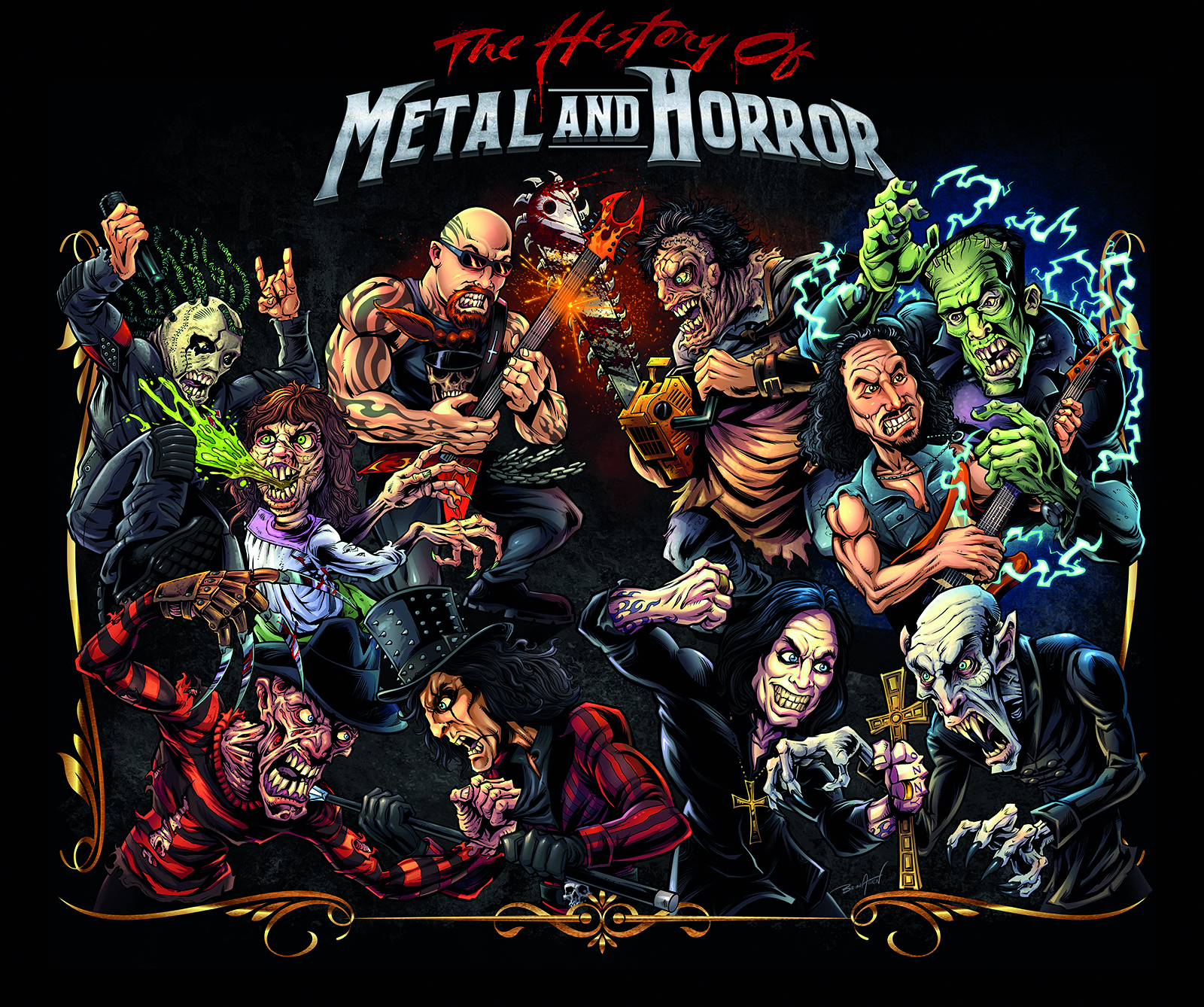
- From Dusk Till Dawn director Robert Rodriguez on horror movies and heavy metal
- The Ten Heaviest Rock 'N' Roll Horror Movies
- The 10 best horror films (you haven't seen) to watch this Halloween
- 7 reasons why Cristina Scabbia loves Italian horror films
Metal and horror became increasingly entwined during the 80s and 90s. Rock album cover artwork was often interchangeable with horror movie poster artwork; bands employed the same gothic lyrical imagery as Hammer Films; and artists like Alice Cooper, King Diamond and W.A.S.P. chucked horror props around stages with wild abandon. The connection took a significant step forward, however, when rock stars began to appear in horror movies. Gene Simmons and Ozzy Osbourne were in 1986’s rock-themed Trick Or Treat, Lemmy acted in 1996’s bloody romcom Tromeo And Juliet and Dee Snider even starred in 1998’s gory Strangeland.
Alice Cooper recorded He’s Back (The Man Behind The Mask) for the soundtrack of 1986’s Jason Lives: Friday The 13th Part VI, and its video combined clips from the slasher sequel with Alice performing the song.
This coupling feels so historically important because of a photoshoot that saw Alice standing beside Voorhees, both in full make-up. The whirr of a camera shutter saw two worlds collide. Alice also wrote the title track for John Carpenter’s Prince Of Darkness (1987) and had a bit-part in the movie playing a homeless person. The two had met a couple of years earlier, and forged a firm friendship.
“I put Alice in Prince Of Darkness basically because he showed up!” John jokes. “I said, ‘Get in here’, and he brought his impalement gag from his stage show. It was a lot of fun working with him.”
Dani Filth has become a film veteran on and off screen, having worked on soundtracks for the likes of 2004’s Resident Evil: Apocalypse and 2007’s Mother Of Tears, and made acting appearances in the 2001 shocker Cradle Of Fear and the upcoming Baphomet (2018).
“We attracted people who were interested in our image, so got to know quite a few people involved with the horror industry,” Dani remembers of Cradle Of Fear. “Our director friend Alex Chandon came onboard and we made the film. It wasn’t ever meant to be Martin Scorsese – it was made for 150 grand, which in movies is usually the catering bill! – but at one point, it was the most successful British underground film.”
The cross-pollination continued when Dani roped Hellraiser actor Doug ‘Pinhead’ Bradley into making several guest appearances on Cradle albums.
“We first got Doug in for our Midian album [in 2000], because he was in Clive Barker’s Nightbreed film, which the album was loosely based upon,” Dani recalls. “It was amazing to have him: he has such a strong vocal presence. He also brought the entire cast of the first three Hellraiser films to a Cradle gig!”
“The recording all happened very simply,” says Doug. “I like Dani and he’s a talented writer. In the end, I suggested they should change their name to Doug Bradley & Cradle Of Filth, because they were clearly simply my backing band by that time!”

These days, the metal/horror crossover has tightened to the point where it’s common-place. While it once seemed progressive for Korn’s Jonathan Davis to appear on the soundtrack of 2002’s Queen Of The Damned, such couplings are now so frequent that they barely even register.
As Dani points out, metal and horror have become more palatable to mainstream tastes, thanks to relaxed censorship laws and “things that bridge the gaps. In film, stuff like Interview With The Vampire and Sleepy Hollow attract new people. In metal, it’s bands like Metallica and Slipknot. You’d be amazed how many people are totally unaware of metal or horror, but love them when they encounter them. The two fields have made their way up, but are still very underground compared to rap!”
Slipknot marched into the new millennium looking like nine slasher movie killers, and plenty of newer bands such as Motionless In White and New Years Day are taking up the bloodied baton, either through their use of macabre make-up, lyrical content or artwork.
“Horror movies influenced who I am, so in turn they’ve influenced my music style, visual style and writing style 100%,” explains NYD’s Ash Costello. “When we write music, I want to affect people, and the only way I know how is to keep it on the horror side of the spectrum.”
Meanwhile, filmmaking frontman Rob Zombie straddles the narrow divide, releasing as many movies these days as he does albums.
But it’s not always a two-way street between metal and horror. “The metal fans I’ve interviewed are all horror fans, but not so much the other way around,” notes Mike Schiff. “A few horror people like John Carpenter do like metal. Kane Hodder used to psych himself up to play Jason Voorhees by listening to Enter Sandman!”
It can prove difficult to pinpoint exactly why we metallers are so prone to loving horror, because our responses to both forms tend to function at subconscious levels. We feel both metal and horror in our gut, and in the clenching of our fists. Ultimately, they both feed the same demons within us. And sometimes it feels as though it’s only metal and horror fans who accept that their demons are hungry…
Dani calls the process of watching or hearing dark material “a kind of cleansing”, and psychologist Dr Jane McCartney agrees that metal and horror can offer valuable therapy and catharsis. “It’s the anxiety and the anticipation, that’s what happens neurologically. Regardless of how many zombies are chasing you, or how violent a song might be, you know it’s still a fantasy, so there’s no actual real danger.”
We can rely on Corey Taylor, one of metal’s most dangerous men, to ably sum up the unholy marriage between shock and rock. “When metal music really gets to that dark place, you really do feel as though you’re seeing a horror movie,” he says. “You get that same excitement. That’s why we, as fans, love both of them so much.”
Corey Taylor, Kirk Hammett, Alice Cooper, Doug Bradley and John Carpenter were interviewed for The History Of Metal And Horror documentary. Go to www.metalhorror.com to donate
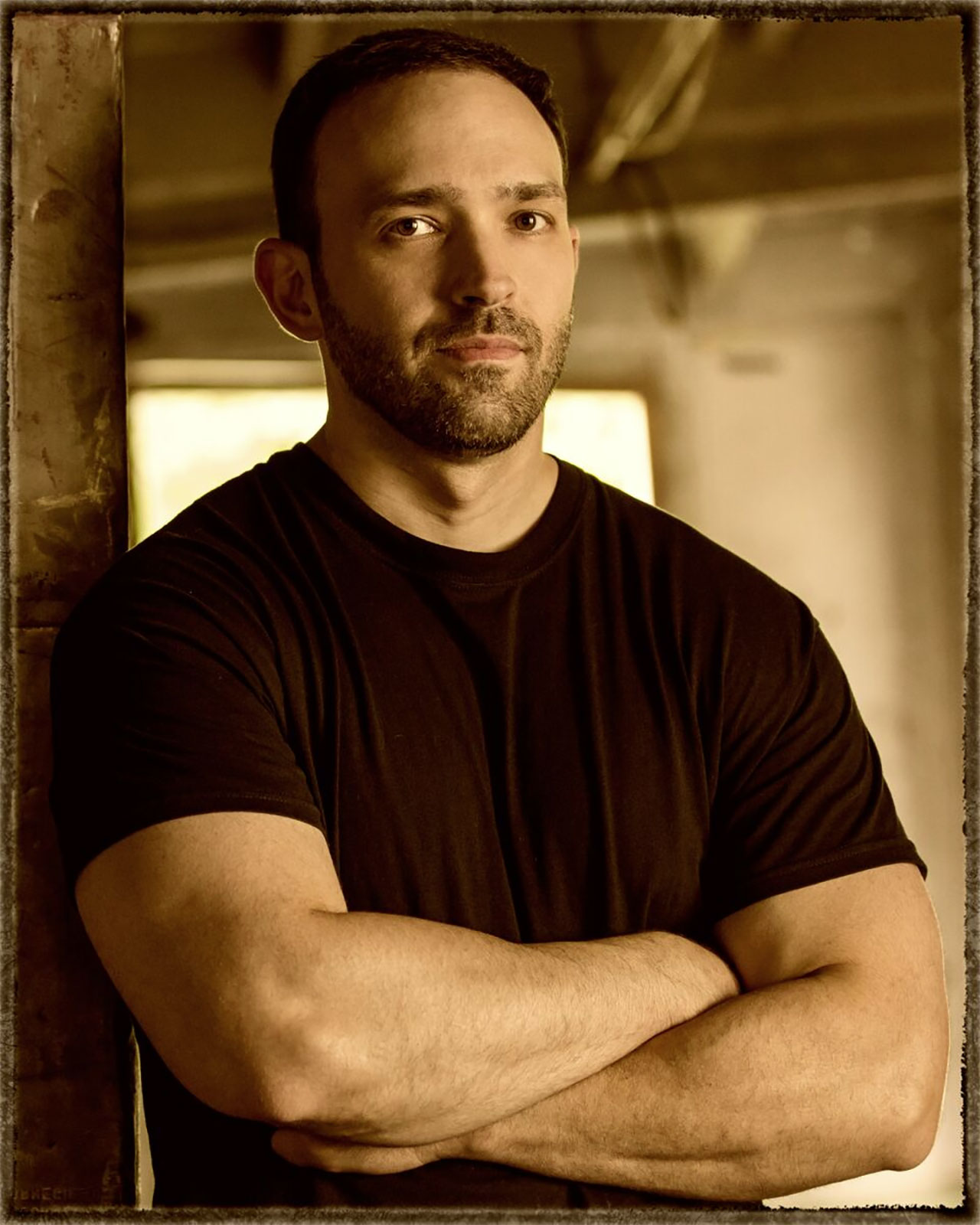
Real Horrorshow
Bringing together stars of our world and luminaries of horror, documentary maker Mike Schiff explores the connection between the genres
Why did you decide to make the doc?
“After Kirk Hammett’s first Fear FestEvil convention, I wondered if there’d ever been a documentary exploring why metal and horror work so well together. And there hadn’t!”
How did you get it off the ground?
“The advantage I had was contacts. I was a producer on Howard Stern’s TV programme for about seven years: an amazing networking opportunity. I started the doc out of my own pocket, travelling around America. The good thing was, I didn’t have to hire anyone, because I come from a production background and I own my own equipment, because that’s what I do professionally.”
Who has surprised you most by being so obliging?
“Dave Mustaine. Whenever I tell people I interviewed Dave, they kinda squint and say, ‘How was he?’ Ha! He has sort of a mixed reputation! But when I arrived at his Tennessee home, he was the most friendly, welcoming person you could imagine.”
What was your biggest fanboy moment?
“Interviewing Corey Taylor was awesome, and so was Alice Cooper. John Carpenter was another great one – one of the biggest horror directors of all time! It was also fun playing bagpipes with Jonathan Davis. I wanted to do a few little skits to make the promo video fun, so I bought a pair of bagpipes and asked for a little tip on how to play them. He’s of course great at it. I did terribly, but that’s to be expected.”
Why did you choose to crowdfund the project?
“Instead of maxing all my credit cards, I thought, ‘Why not get the audience involved?’ It’s not easy to get people to spend money: a lot of them just want to see it when it’s done. But there are great perks on offer, including a credit in the documentary itself. Every donation of any size is really appreciated.”
The 10 Commandments of Horror Movie-Making – By Rob Zombie
